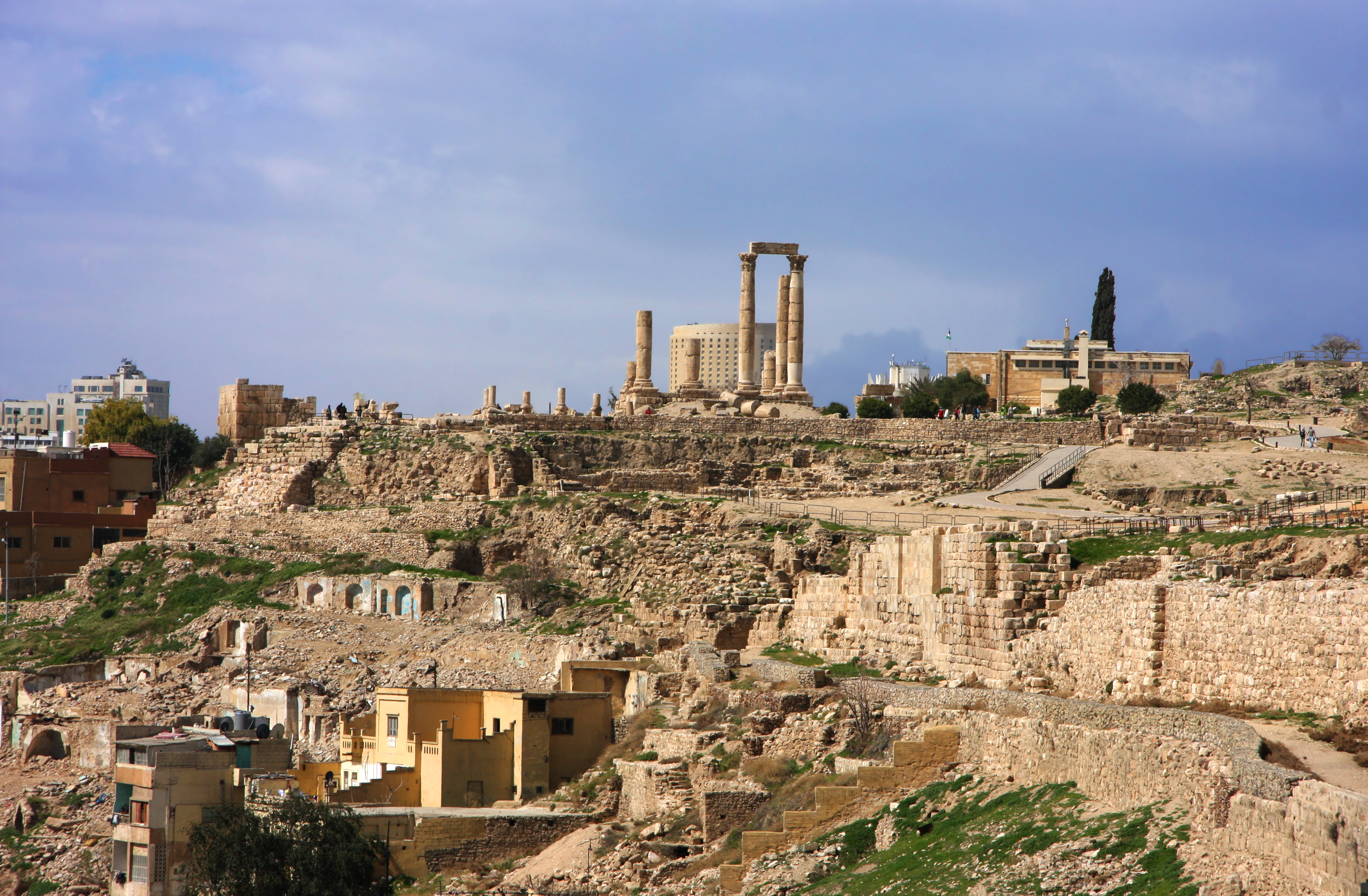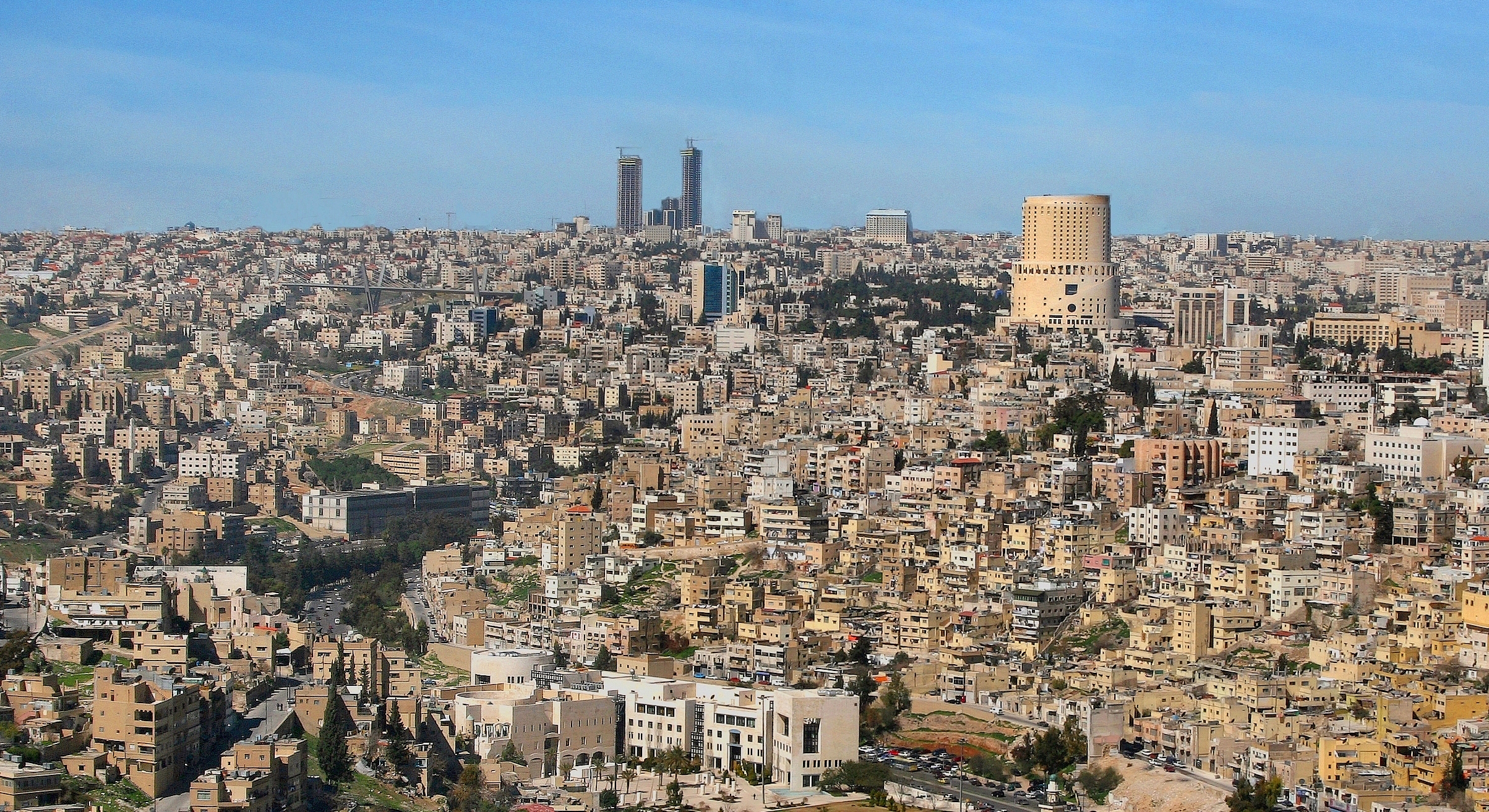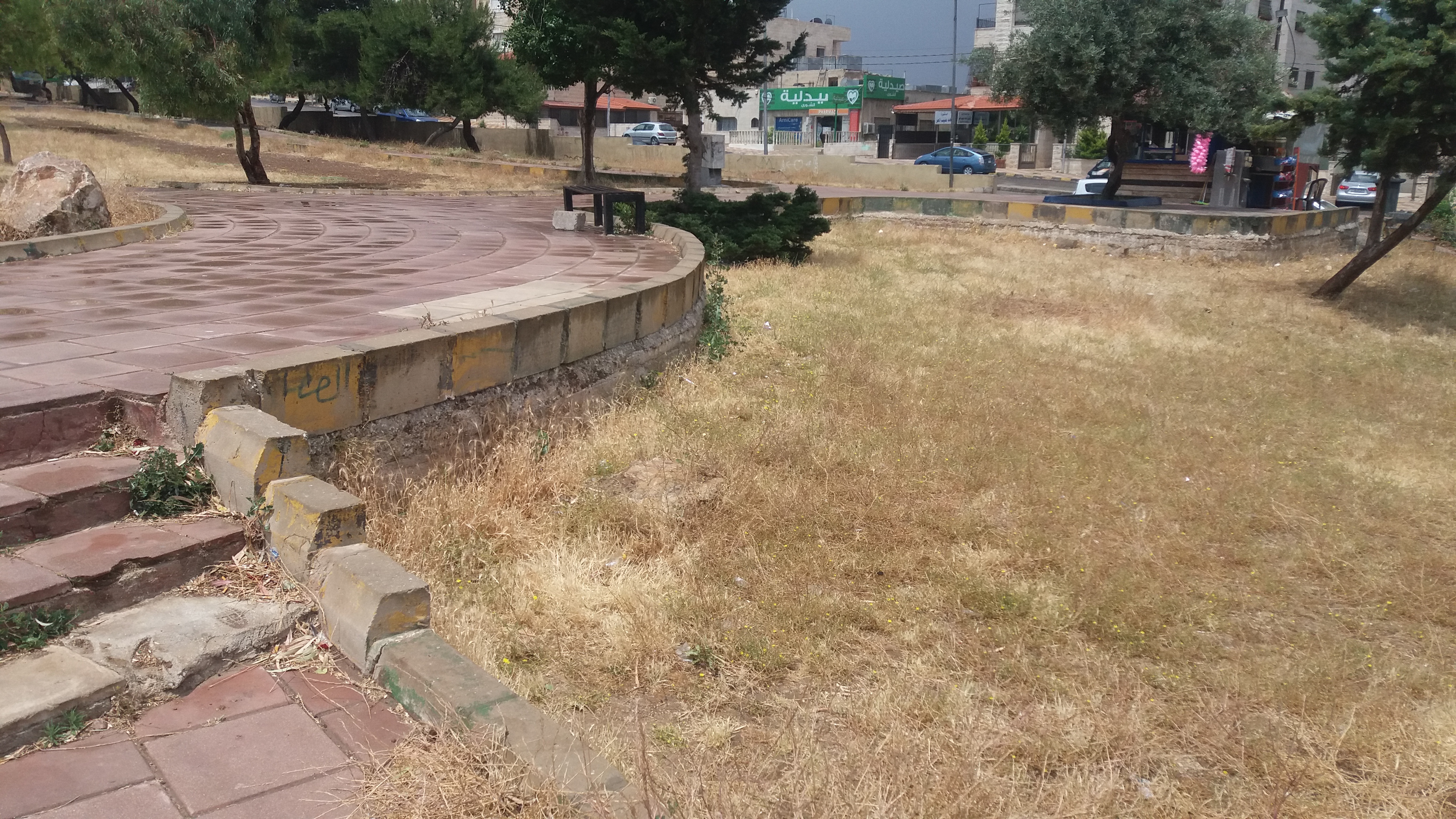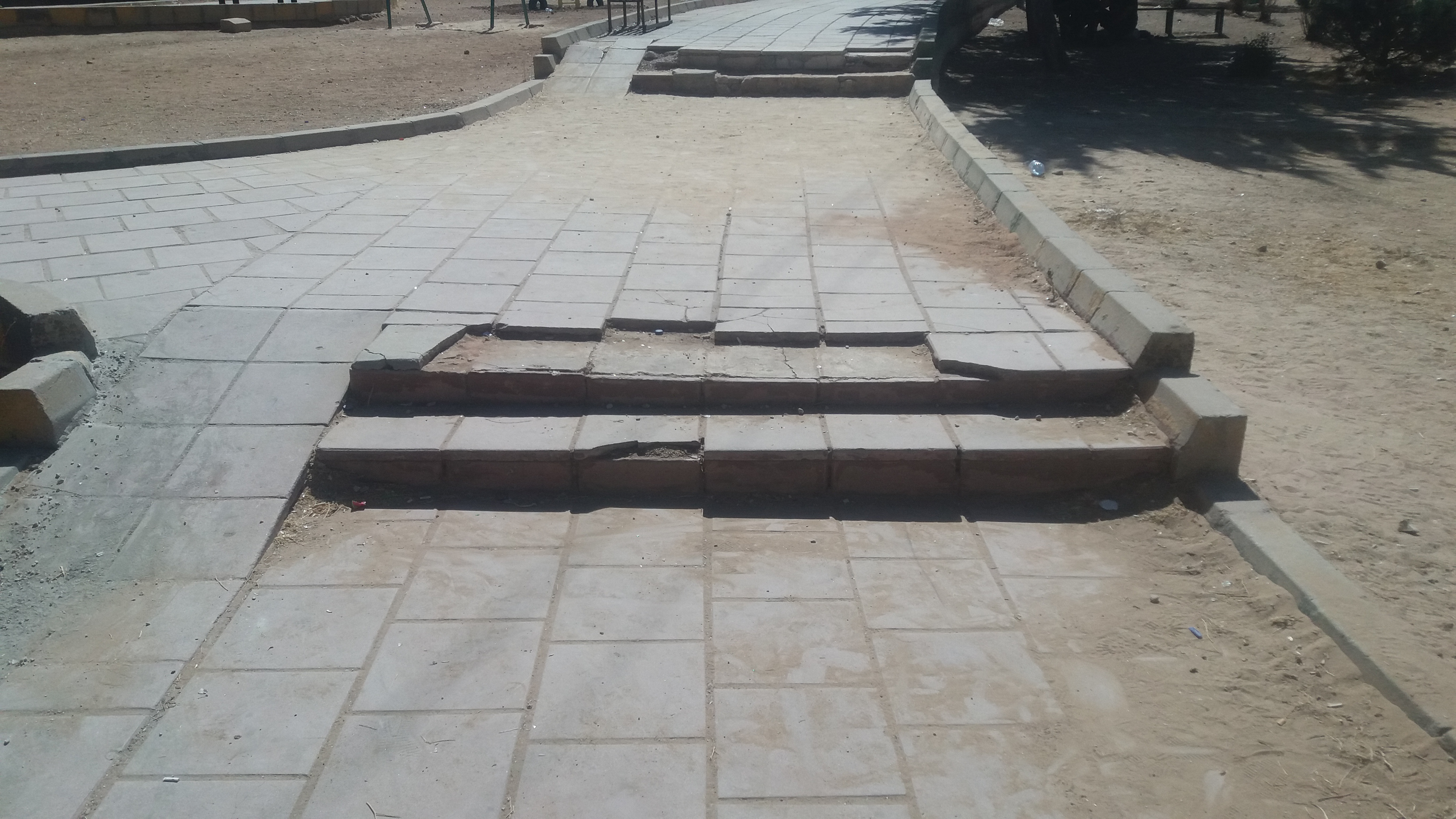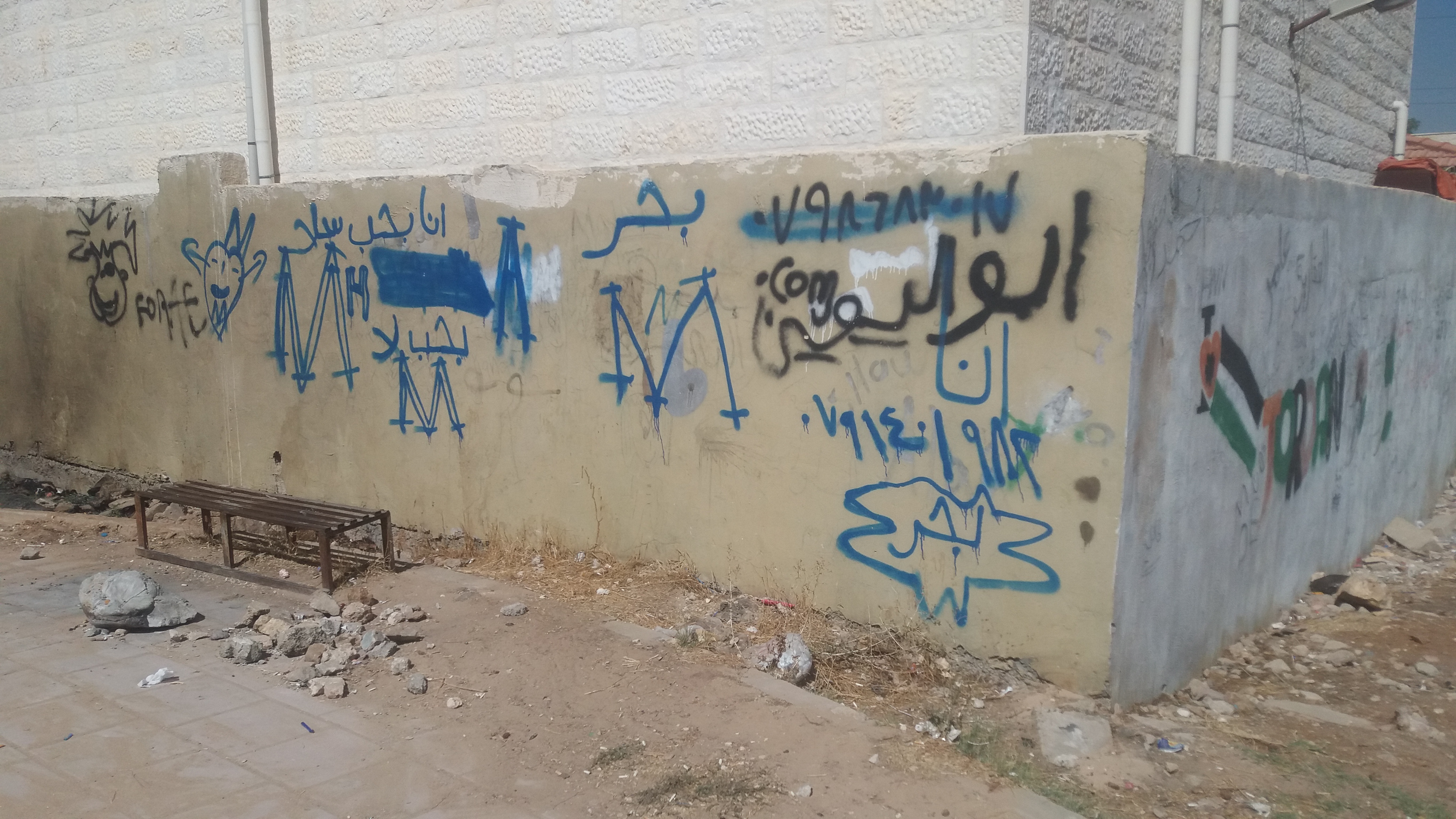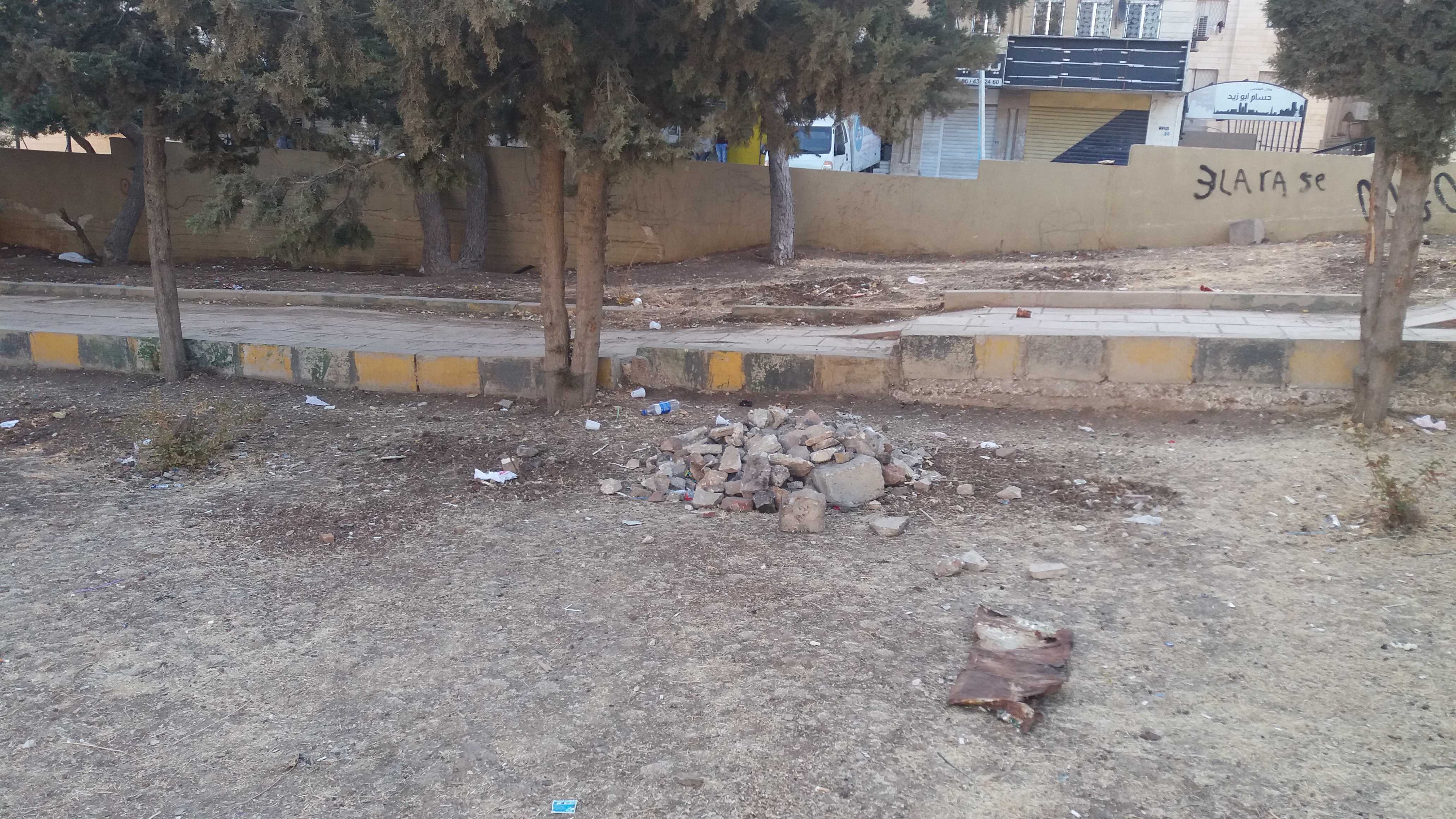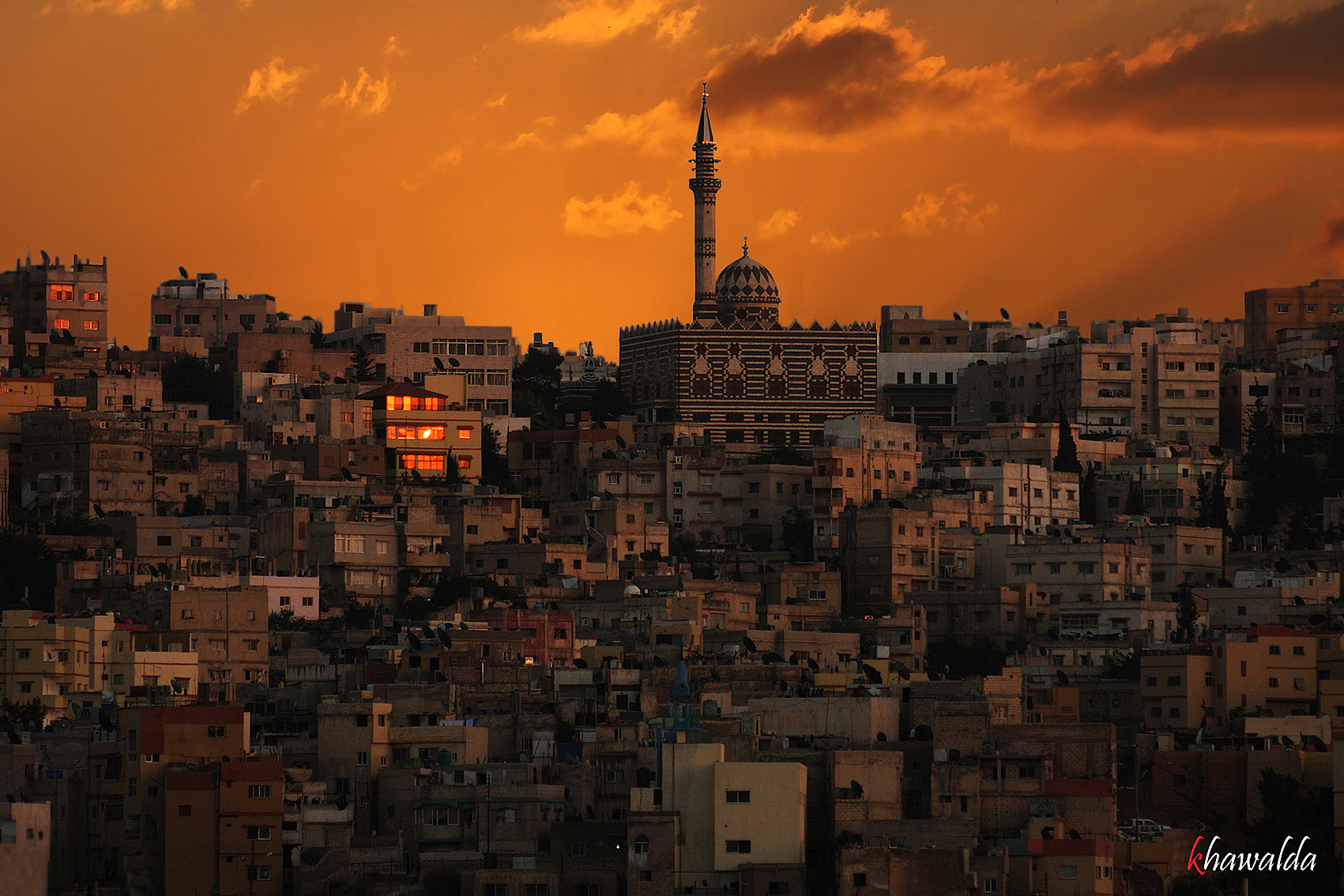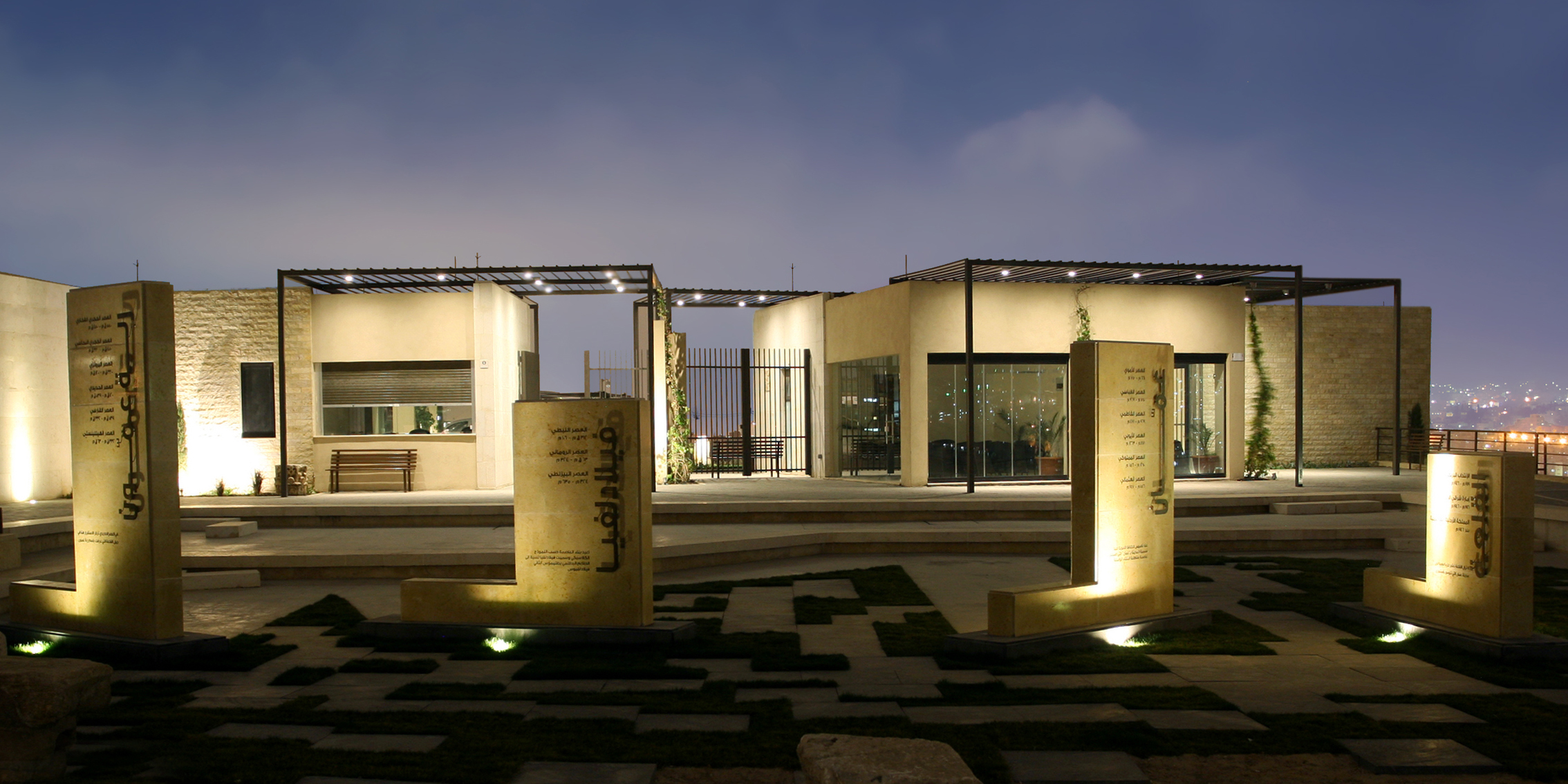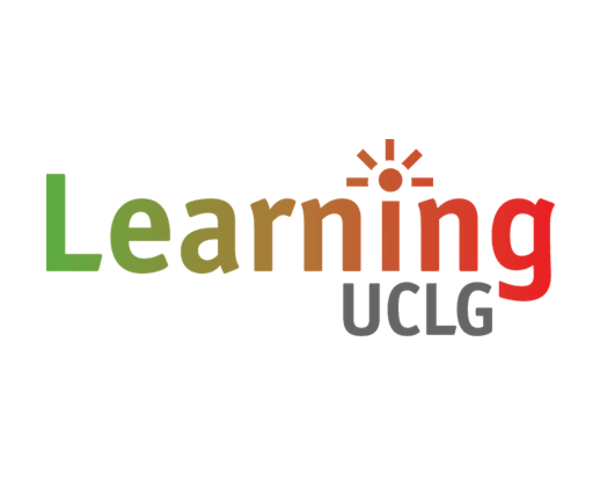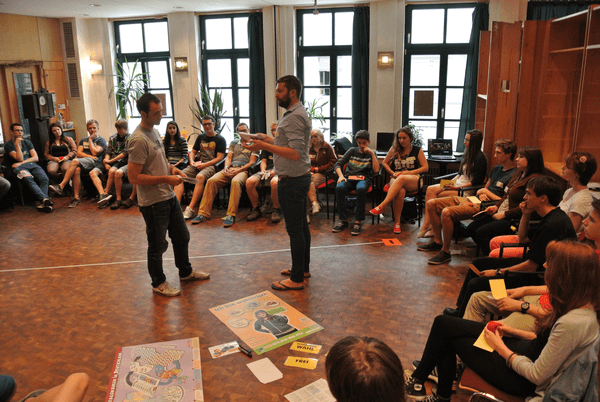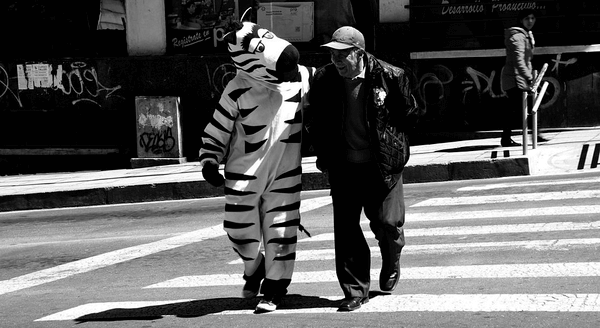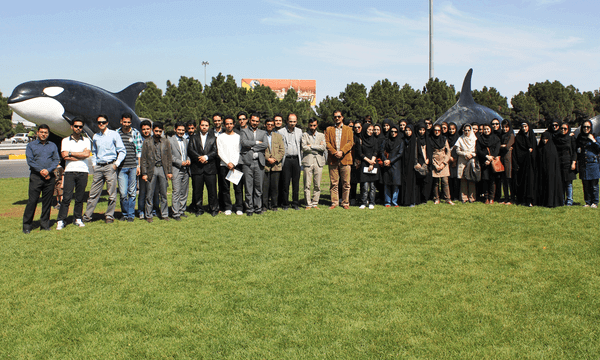City
Amman
Main actors
Local Government
Project area
Neighborhood or district
Duration
Ongoing since 2016
A community led initiative using public spaces to encourage social interaction between host communities and refugees.
The greater Amman municipality is working in collaboration with the French Agency for Development, the French Red Cross and the Jordanian Red Crescent to reduce socio-cultural tensions and spatial segregation between host and refugee communities living in the the Badr Nazzai district in the south of the city.
The broader project is centred around providing improved access to healthcare and social, employment and cultural opportunities for refugees. Micro-initiatives are also being implemented as part of the project; the rehabilitation of Shura and Jordan park and the establishment of a football training programme for Syrian and Jordanian children demonstrate how social cohesion can be strengthened through the creation of public spaces and programmes and that barriers inhibiting social exchange can be dismantled.
This case study was developed in the framework of the Mediterranean City-to-City Migration Project (MC2CM), a project coordinated by ICMPD and funded by the European Union and the Swiss Agency for Development and Cooperation. The MC2CM project has been working since 2015 with Amman, Beirut, Lisbon, Lyon, Madrid, Tangiers, Tunis, Turin and Vienna to increase the knowledge base on urban migration. Additionally the project has sought to nurture a peer-to-peer dialogue and mutual learning on specific urban challenges such as social cohesion, intercultural dialogue, employment and provision of basic services for migrants, among others. This case study was selected by the Municipality of Madrid in order to showcase a practice that contributes to social inclusion of migrants at the local level.
This case study was contributed from the UCLG Learning Team (learning@uclg.org).
External links / documents
On Map
The Map will be displayed after accepting cookie policy
